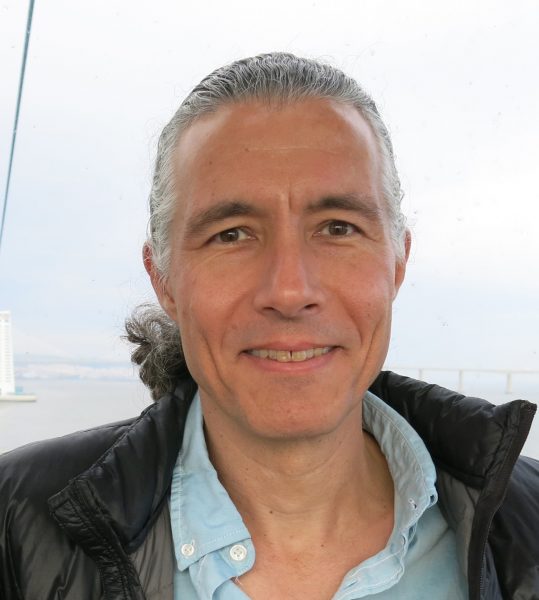The department of psychology is excited to introduce Dr. Martin Sereno who will join the faculty as tenured Professor, Director of the new MRI Imaging Facility currently being built, and as member of the Center for Clinical and Cognitive Neuroscience. Dr. Sereno is joining us from London where he directed the Neuroimaging Center at University College London, Birkbeck (UCLB), from 2007-2016. Before his appointment at UCLB, Dr. Sereno was a faculty member at UCSD (1989-2006), where he served as Co-Director of the UCSD Imaging Center from 2003 – 2007.
Dr. Sereno is an unusually innovative scientist whose pioneering work has had major impact on neuroimaging and our conceptualization of the brain. With his students, he developed the FreeSurfer, the most commonly used and freely available software package for MRI data processing and quantification of brain properties which has been of fundamental importance to the field. Ever since, Dr. Sereno has been known to push the boundaries of the MRI-based brain imaging and has developed new MR pulse sequences that provide unique insight into cortical architectonics. Throughout his career he has been producing research of superb quality, with 9 publications in Science, Nature, and Nature Neuroscience and with over 20,000 citations.
One main research thread uses fMRI and cortical-surface-based methods to map multiple visual, auditory, somatosensory, and motor areas in the human brain and to make high-resolution cross-subject surface-based average maps. The internal structure of these small cortical areas (typically only 1 cm wide) are revealed through the use of phase-encoded methods for retinotopy, tonotopy, and somatotopy and cortical surface reconstruction methods Dr. Sereno’s laboratory first introduced, refined, and distributed over a decade ago.
A new direction has been to combine high-resolution mapping with cognitive experiments to determine exactly how these small sensory and motor maps are deployed in higher level cognitive tasks. In particular, Dr. Sereno is interested in how these maps have been modified from those in non-human primates in order to support peculiarly human cognitive abilities like language, reading, and picture-story comprehension.
Finally, Dr. Sereno has a long-standing interest in the architecture of natural and artificial symbol-using systems. This more philosophical project examines the architecture and origin of the two naturally-occurring code-using systems: DNA for protein synthesis, and speech (or sign) streams for the peculiarly human comprehension of linguistic discourse. The code-using system in cells is better understood than language and can be used as an analogical source system for thinking about how the neural underpinnings of language might have evolved.


